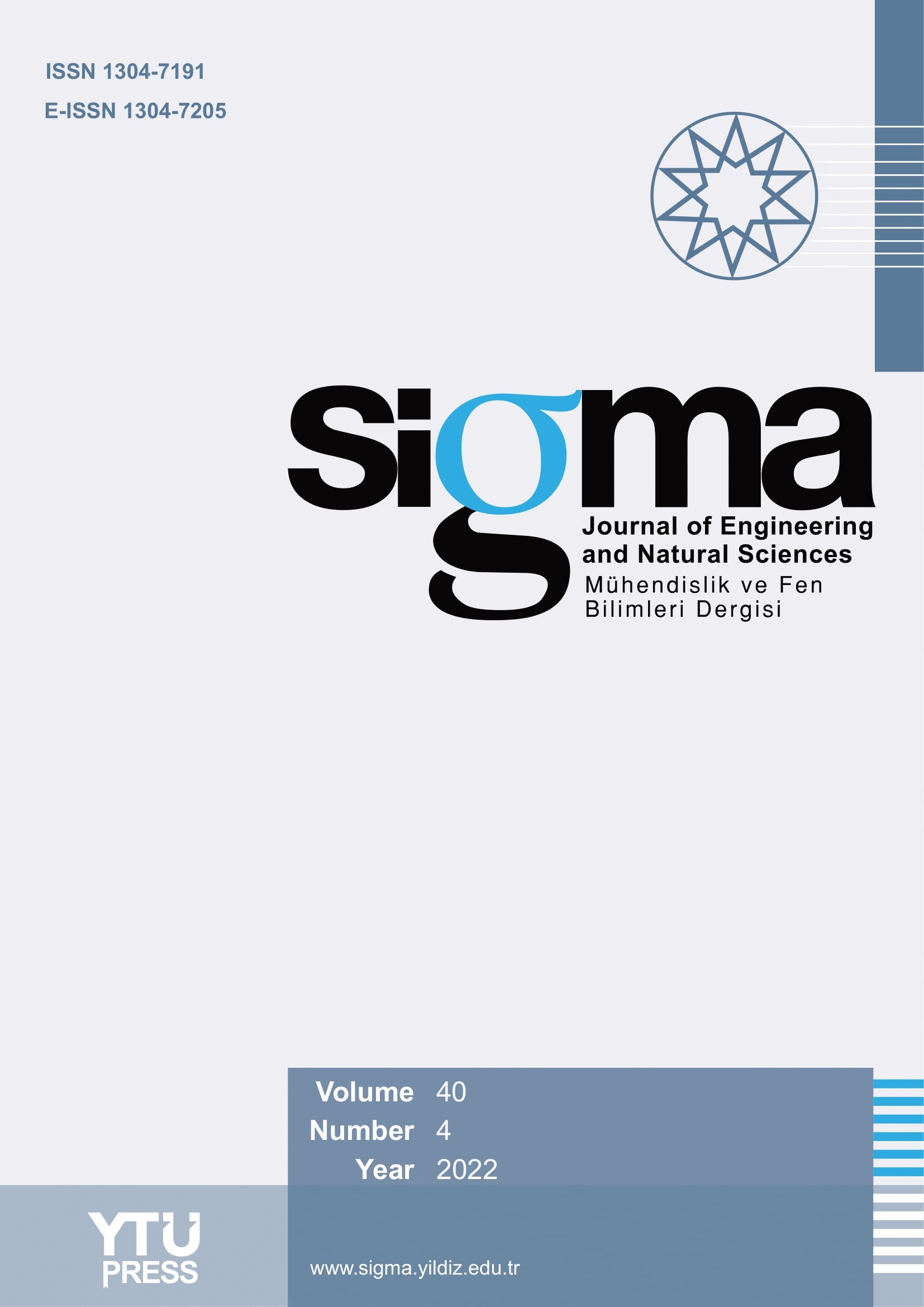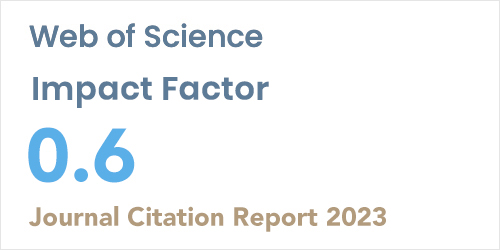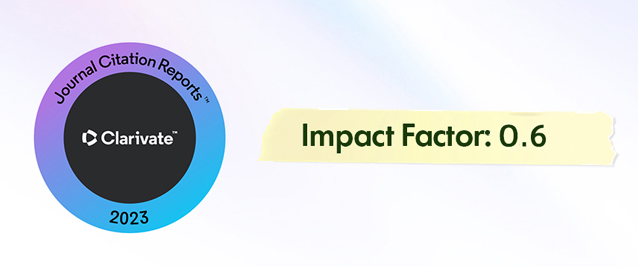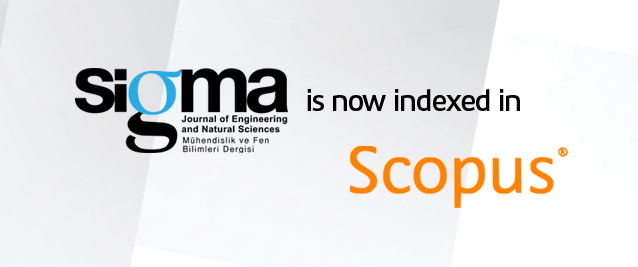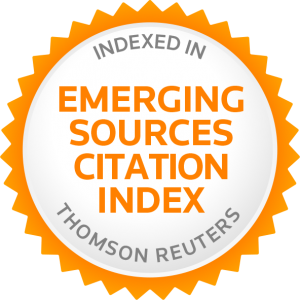2Sharad Institute of Technology, College of Engineering, Yadrav, Ichalkaranji, Maharashtra, 416121, India
Abstract
The release of greenhouse gases and climate change are mostly caused by internal combustion engine emissions from combustion fossil fuels, especially those from gasoline engines. Ethanol can be been recognized as an alternative fuel to gasoline that may also help to reduce pollution. In this paper, the various ethanol-premium gasoline blends with partial additions of paraffin such as n-pentane, hexane, etc. were evaluated for engine performance, combustion, and emission characteristics. CO emissions are reduced by 12 and 15% respectively when hexane and pentane are blended with premium gasoline and ethanol blends. PG40E10P fuel blend had the lowest emissions amongst all fuel blend used in spark ignition engine. Hydrocarbons have been seen to diminish with the addition of hexane and pentane. Partial addition of paraffin assisted complete combustion of fuel therby reducing hydrocarbon emissions by 25%. PG60E10P fuel blend found to have least HC emission amongst all fuel blends. In addition, the cylinder pressure dropped when ethanol was added. The maximum braking thermal efficiency was determined to be PG10P as compared to PG . Paraffin blends helped in complete combustion of fuel and hence BTE improved slightly by 7% as compared with PG. A partial addition of paraffin to gasoline was shown to reduce CO emissions by 10% as compared with PG. The nitrogen oxides (NOx) was found to decrease by 25% for PG40EP as compared to PG.


